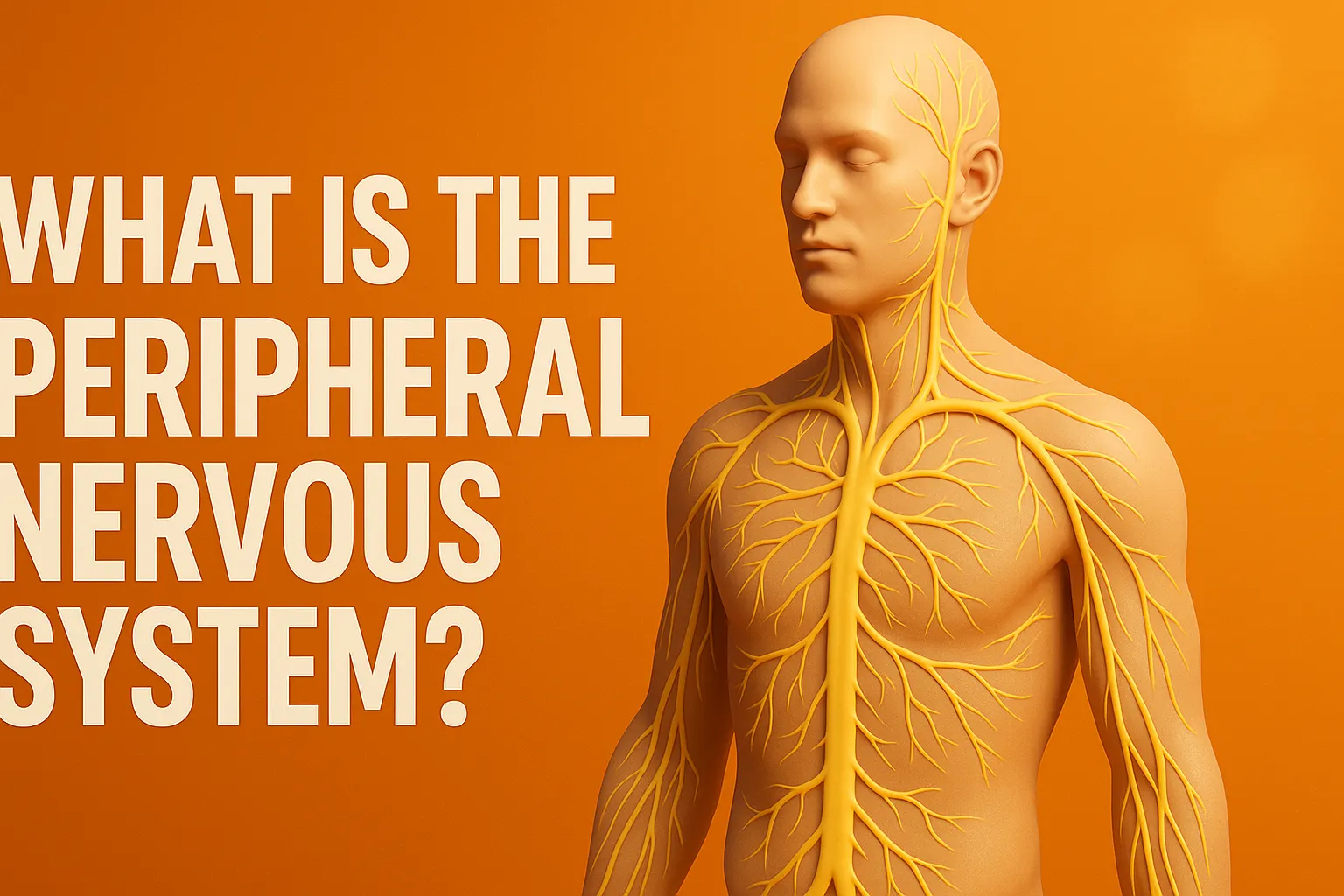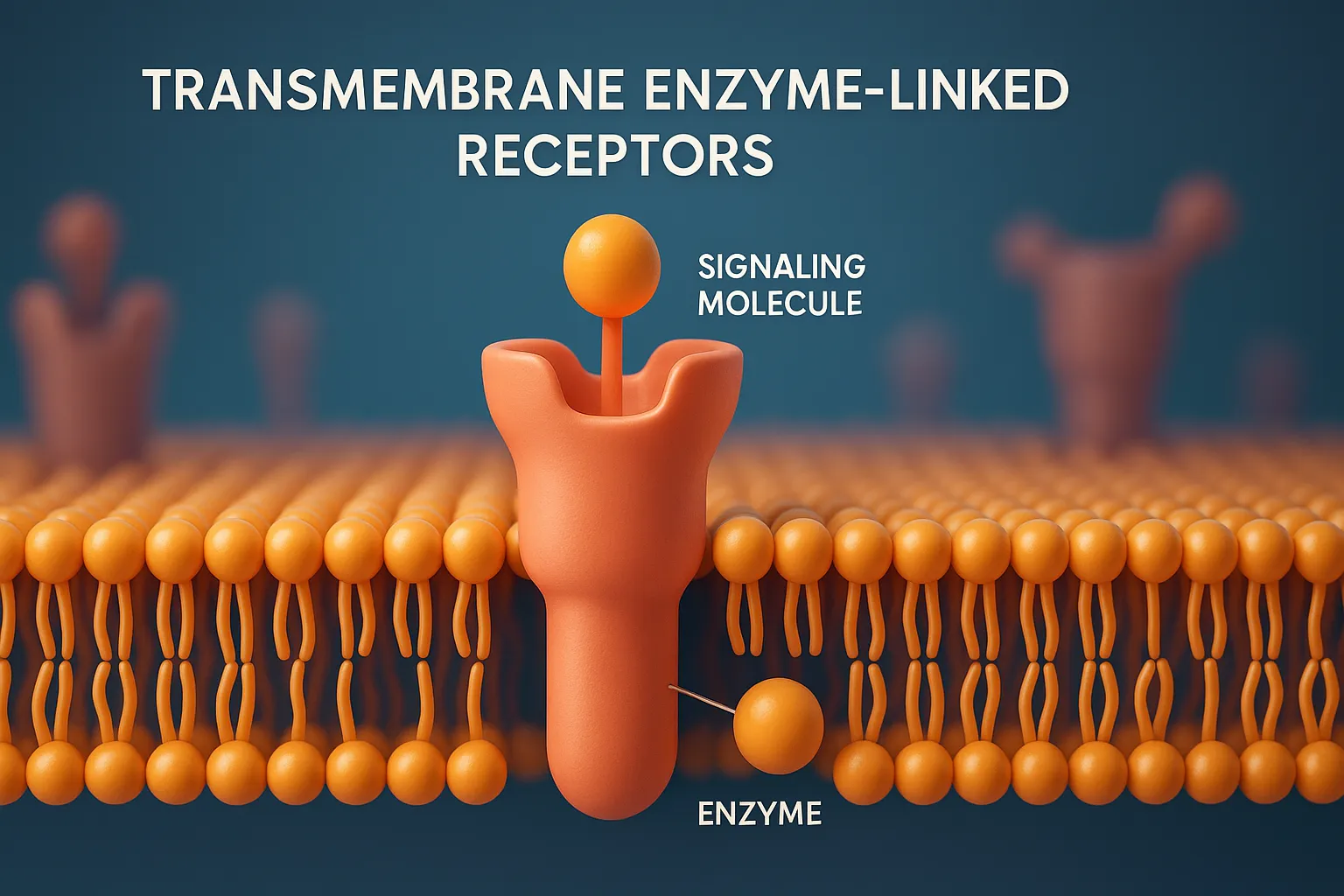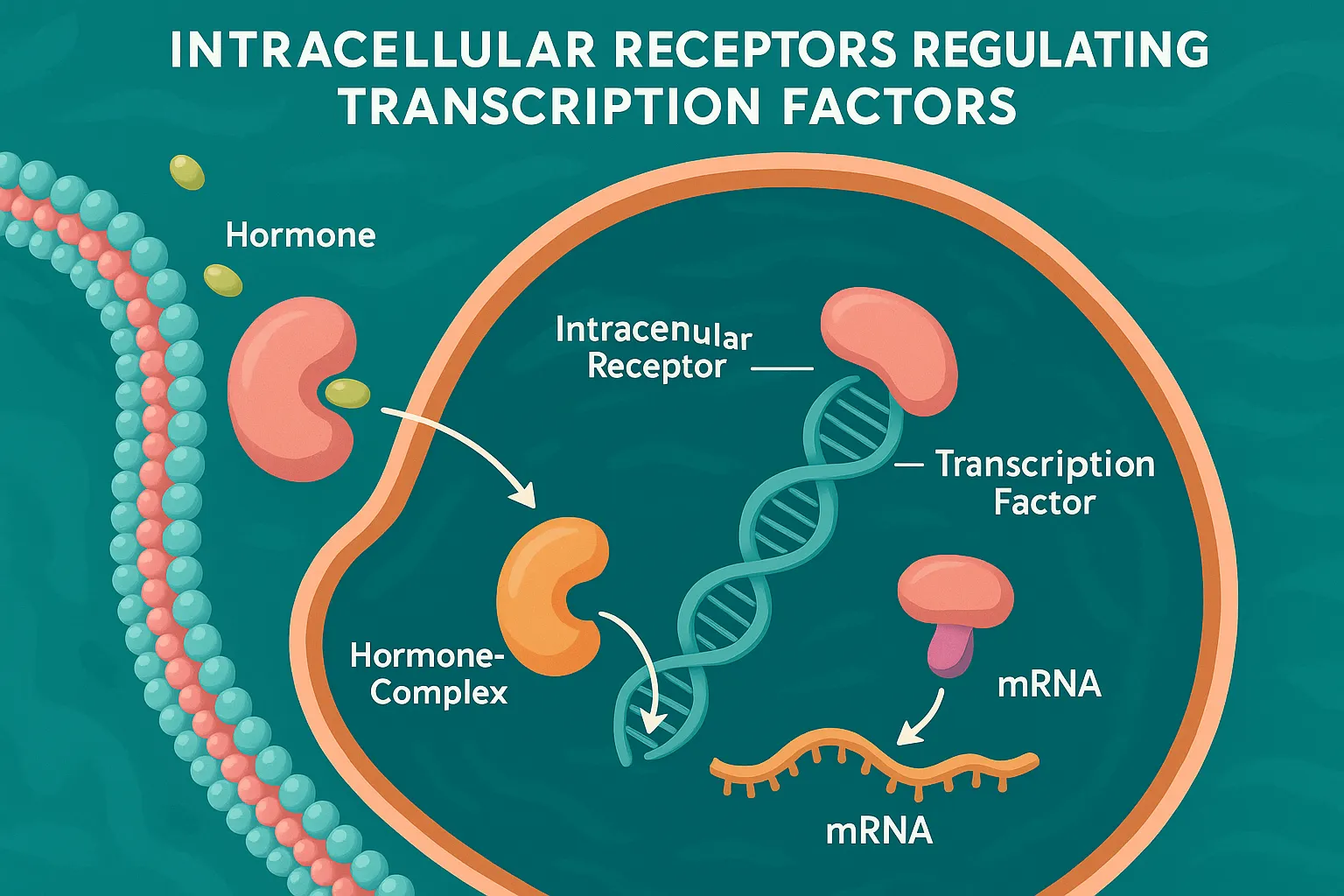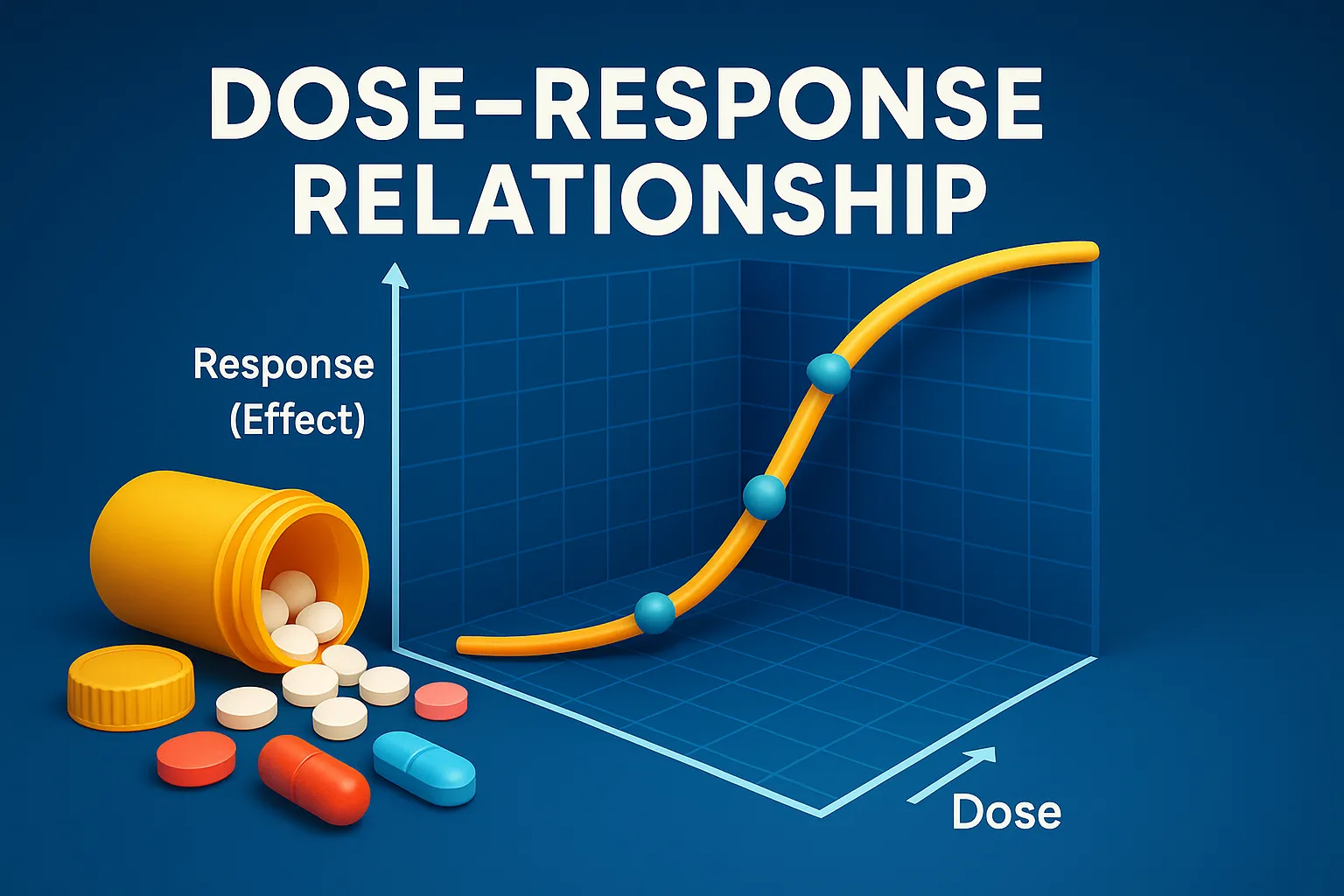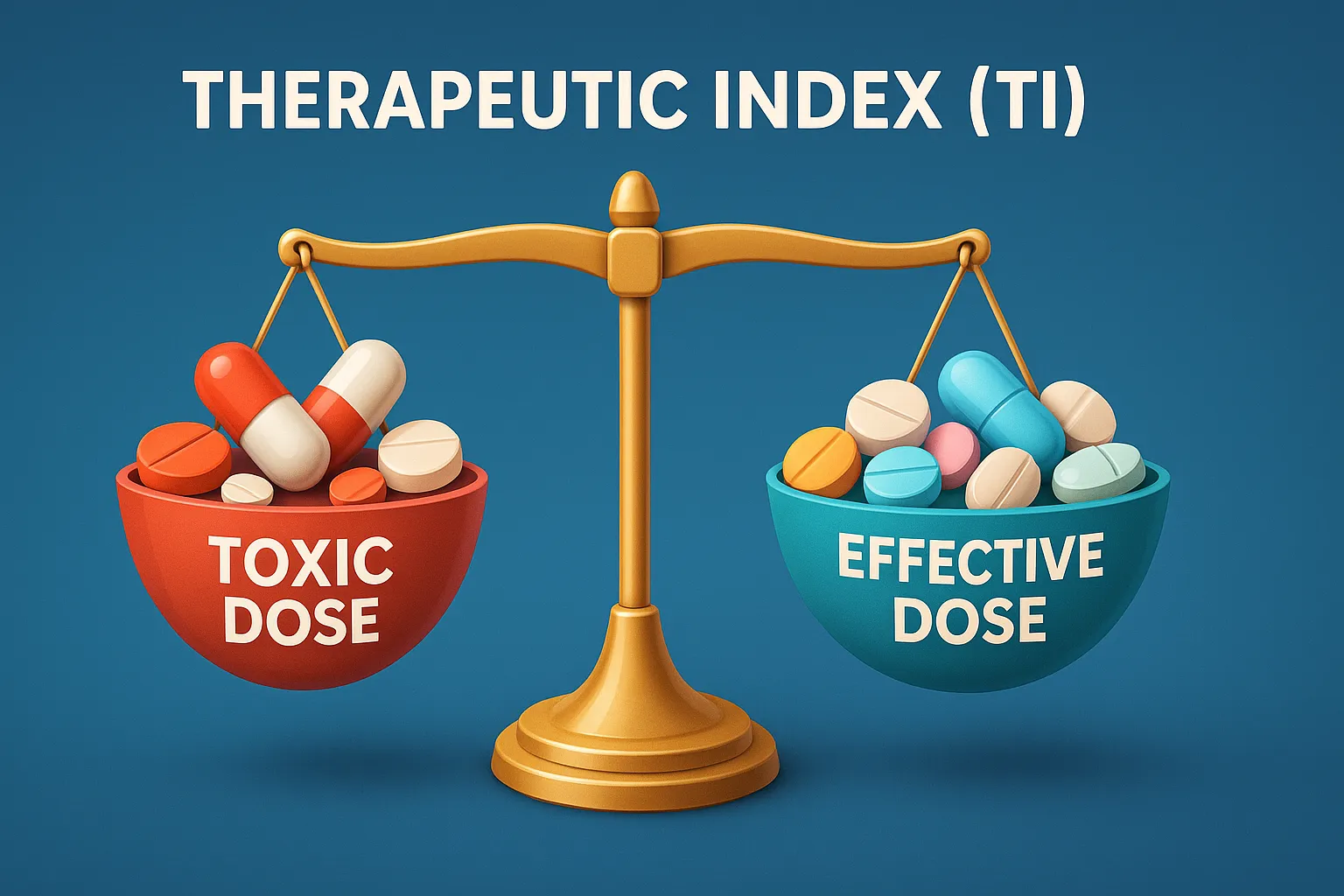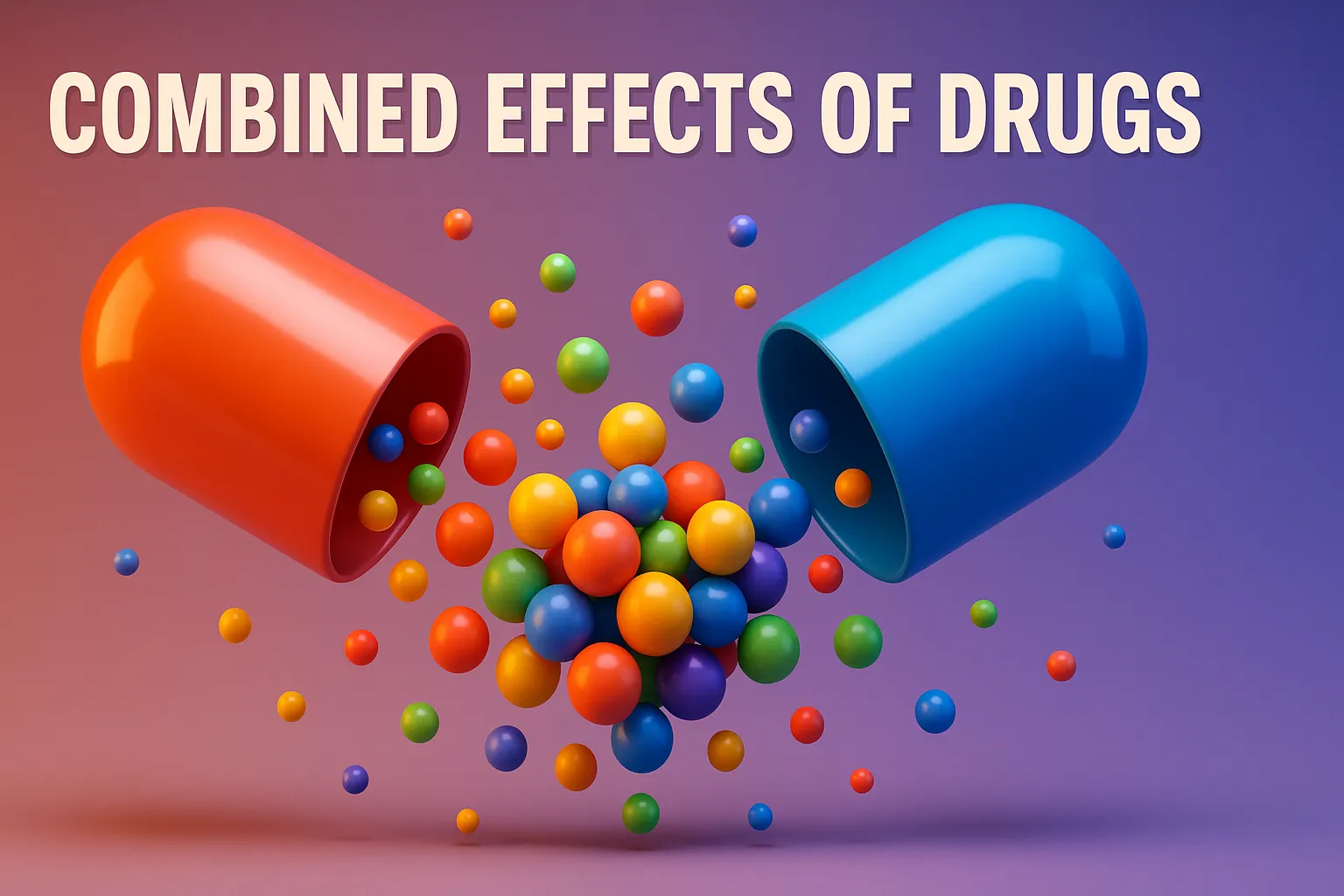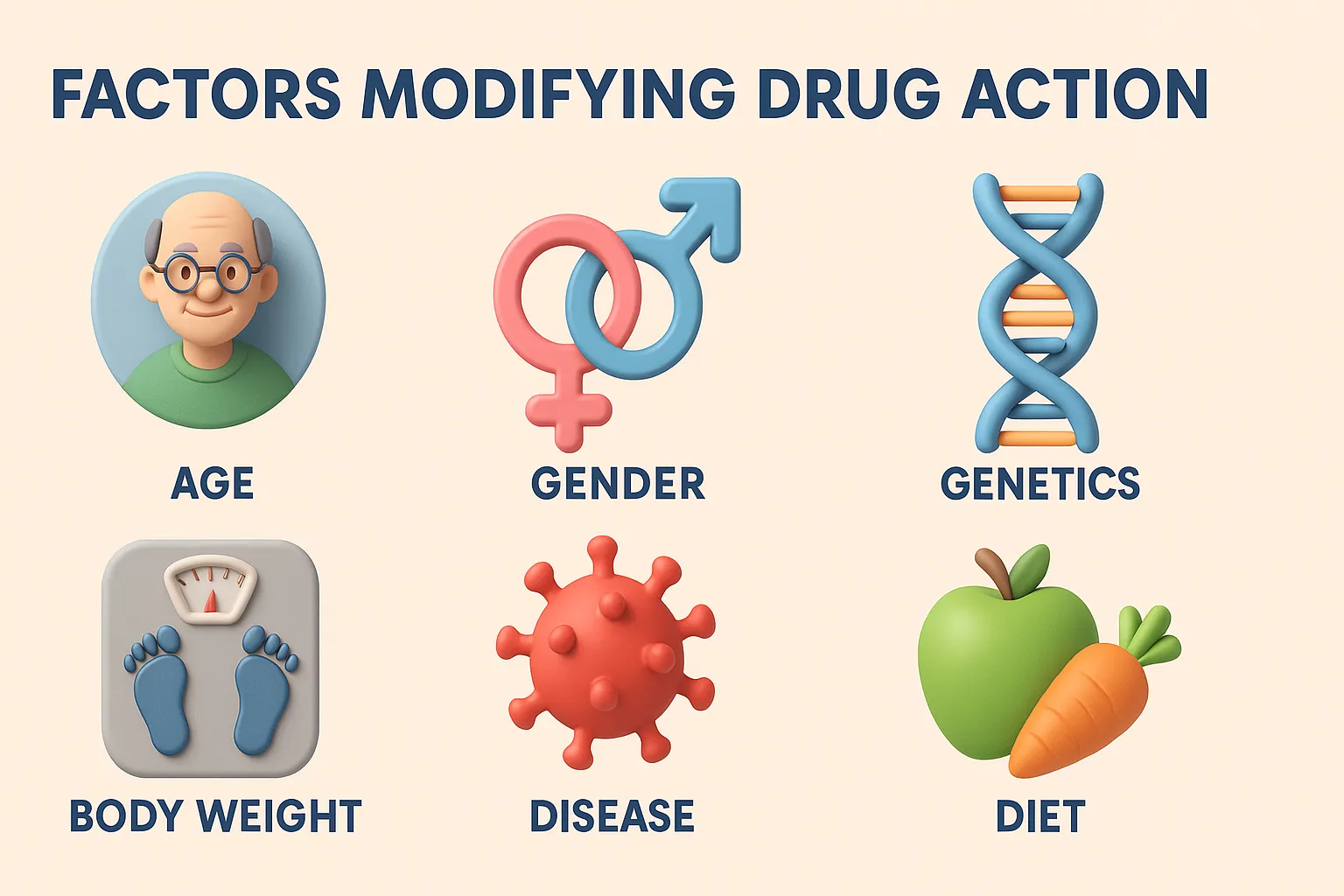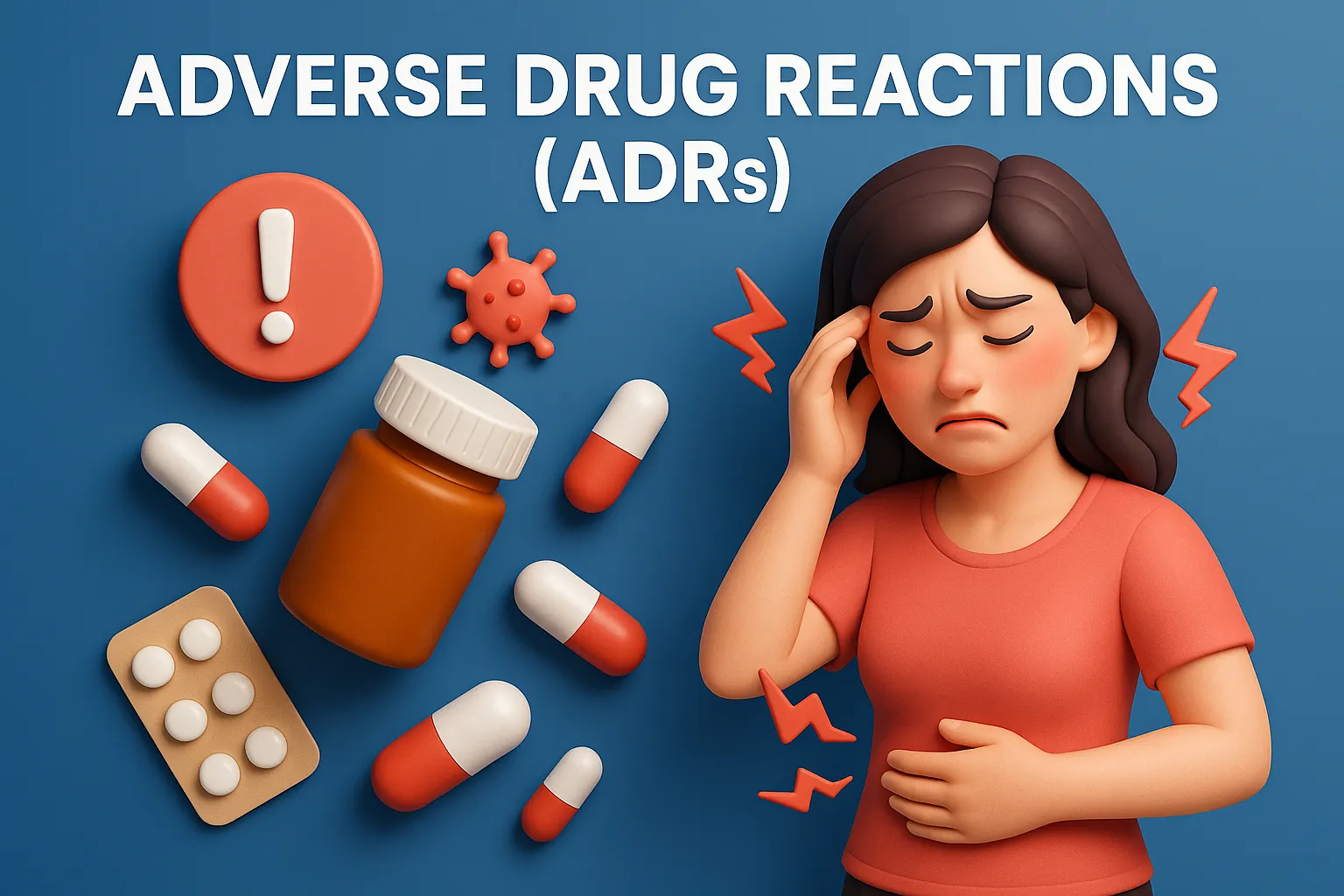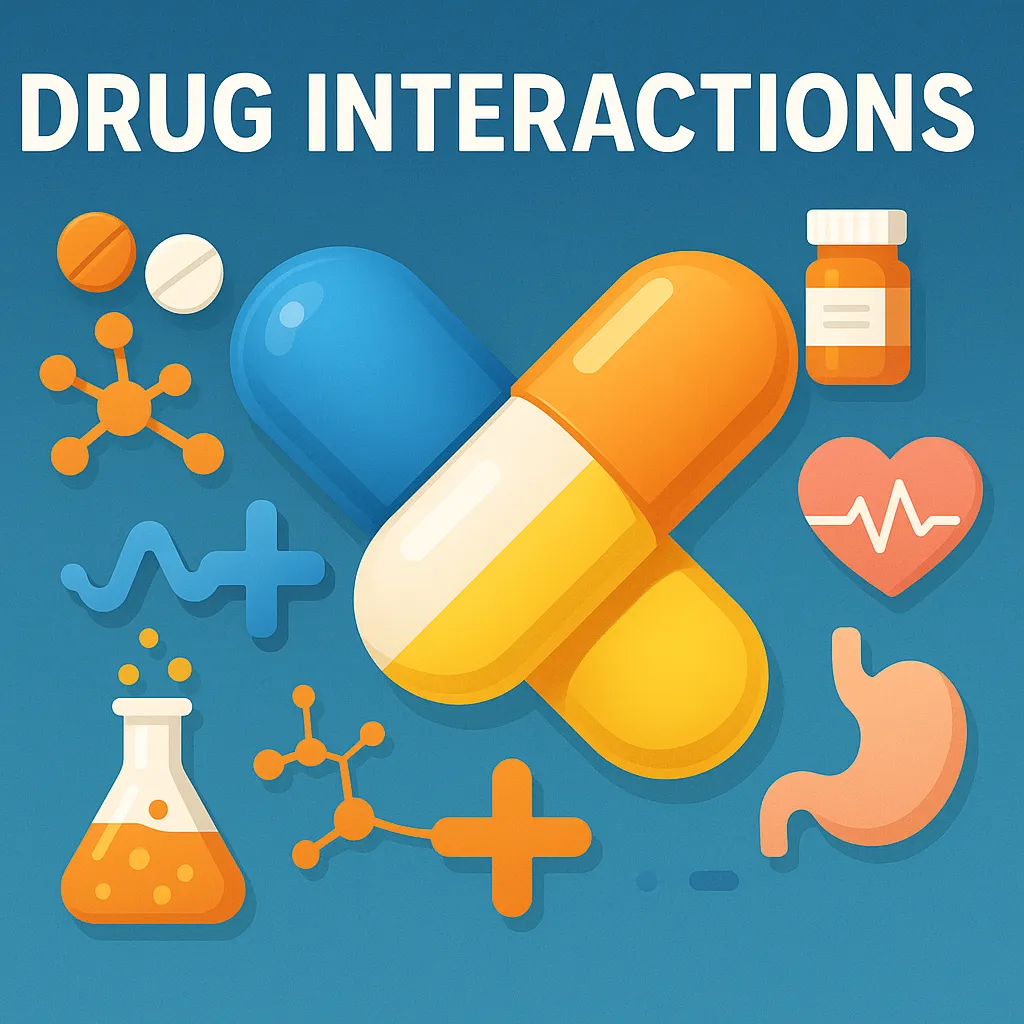What is the Peripheral Nervous System?
Peripheral Nervous System (PNS) is the part of the nervous system outside the brain and spinal cord, consisting of cranial nerves, spinal nerves, and peripheral ganglia. It connects the central nervous system (CNS) to limbs and organs, enabling sensory input and motor responses. The PNS includes all nerves outside the brain and spinal cord. It … Read more

